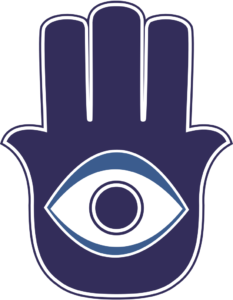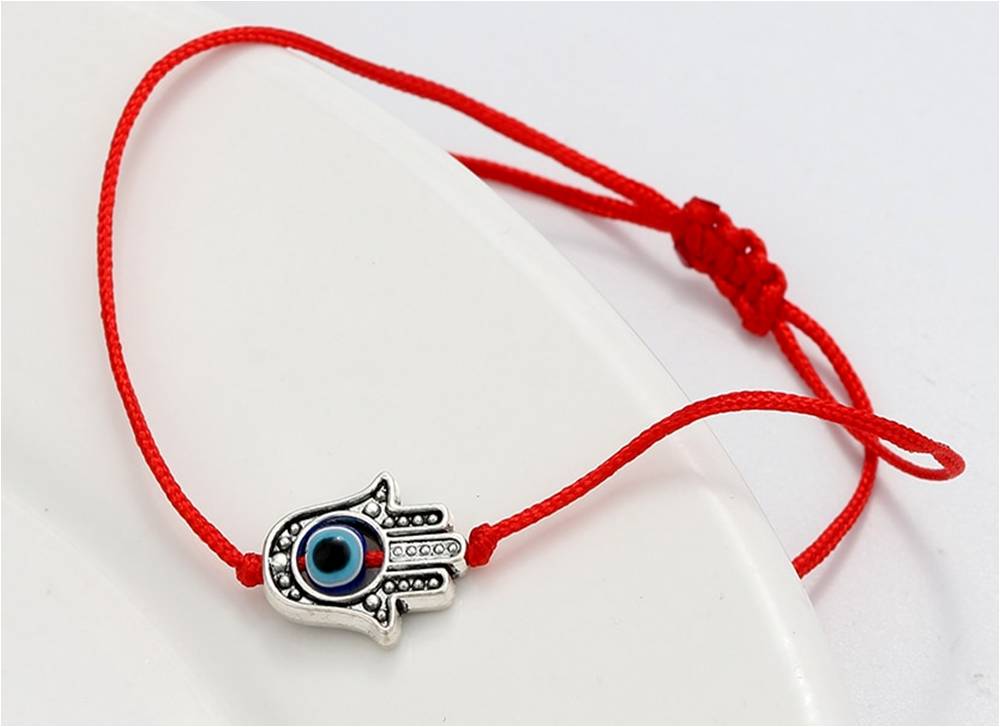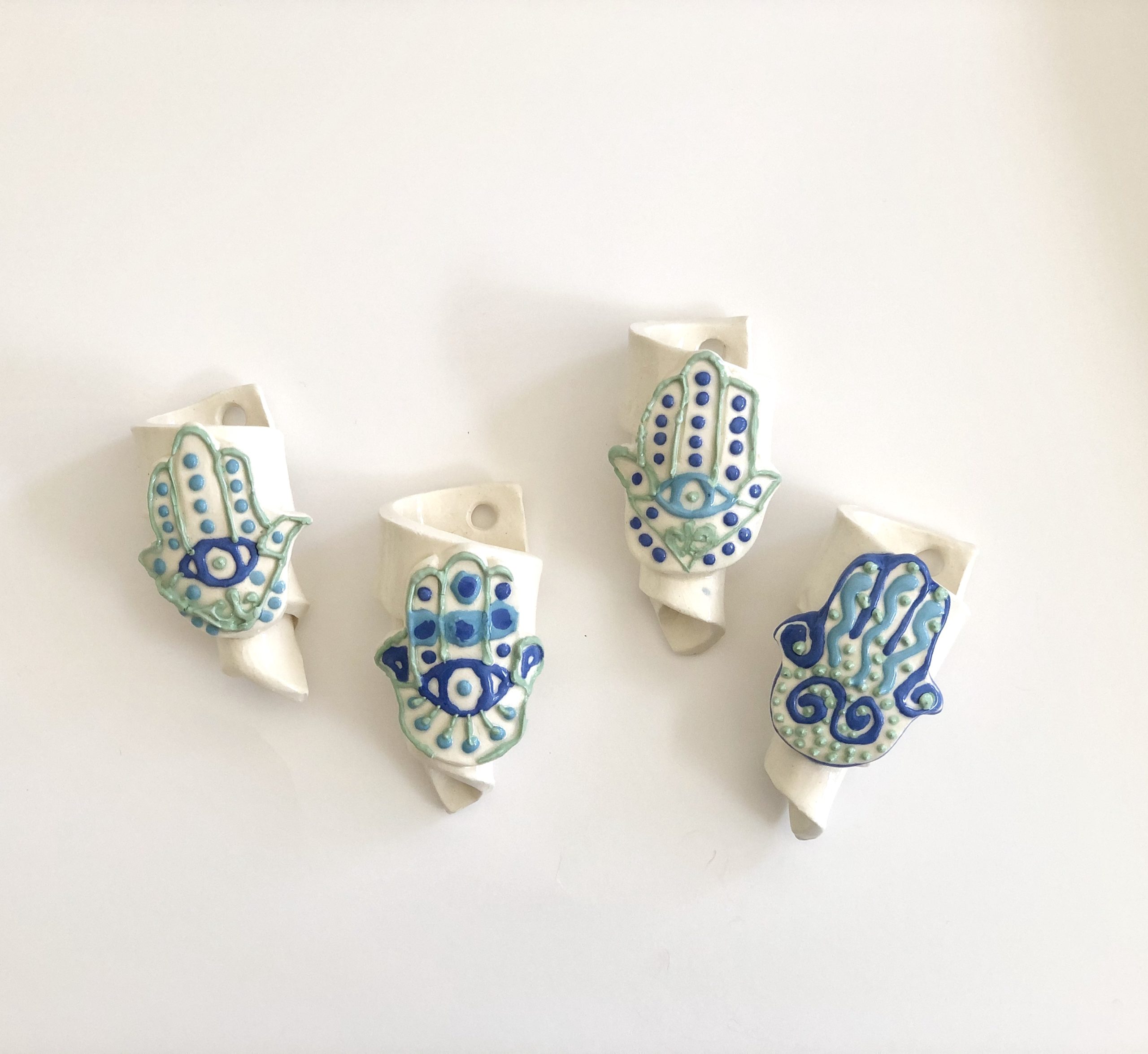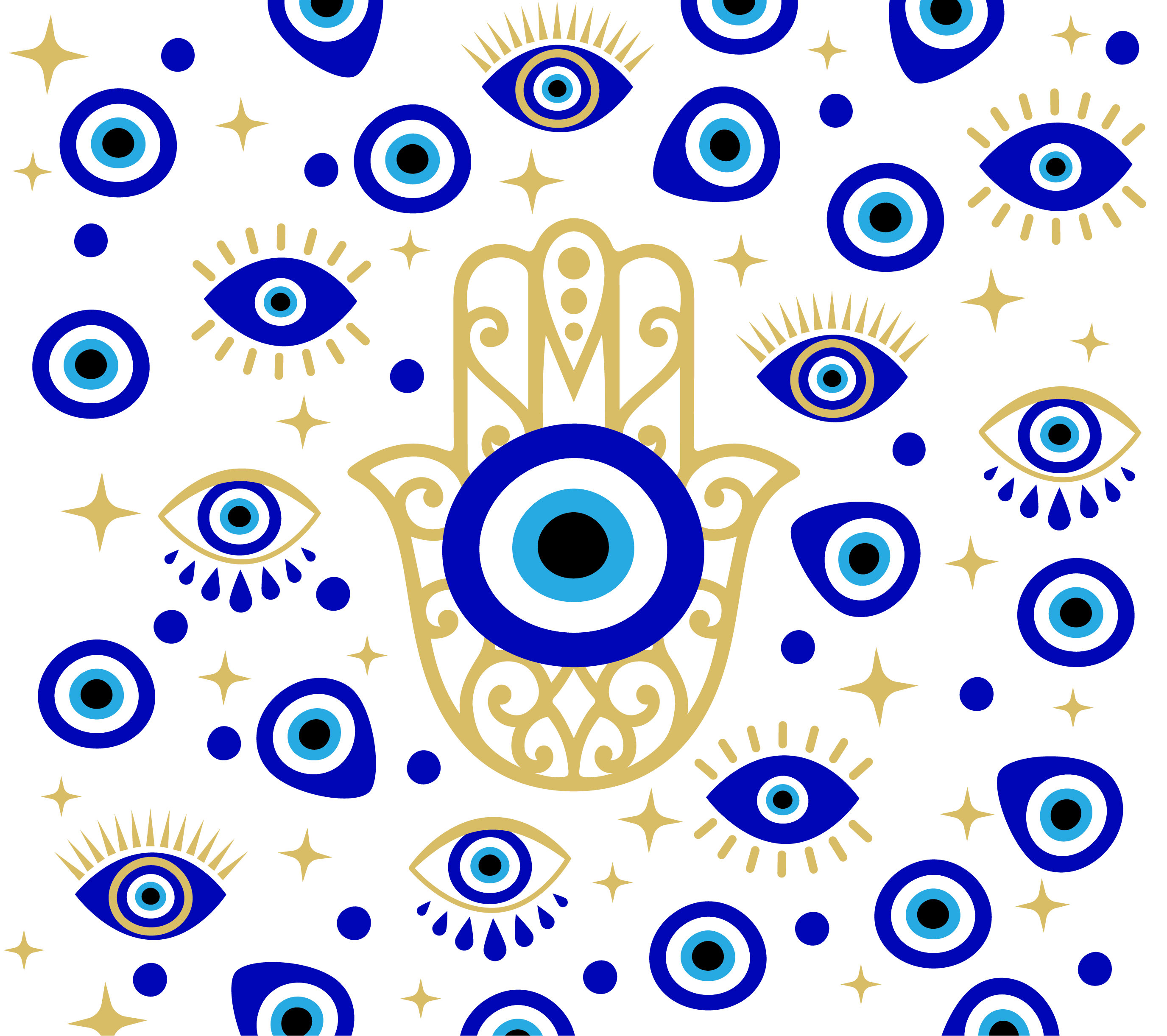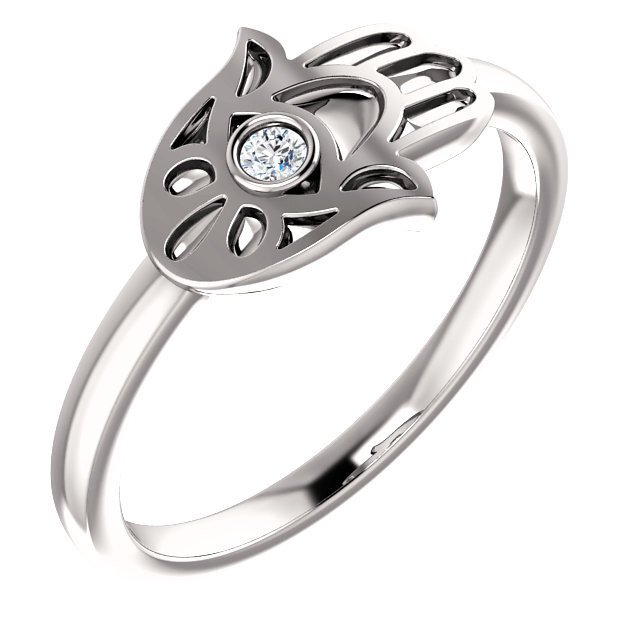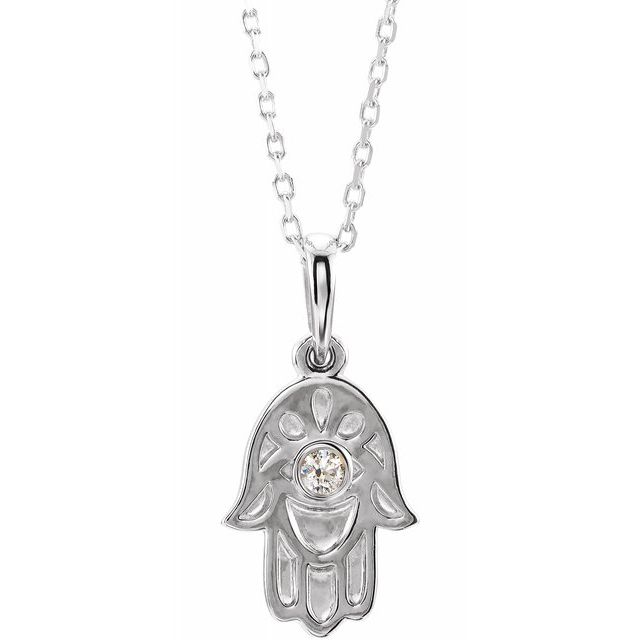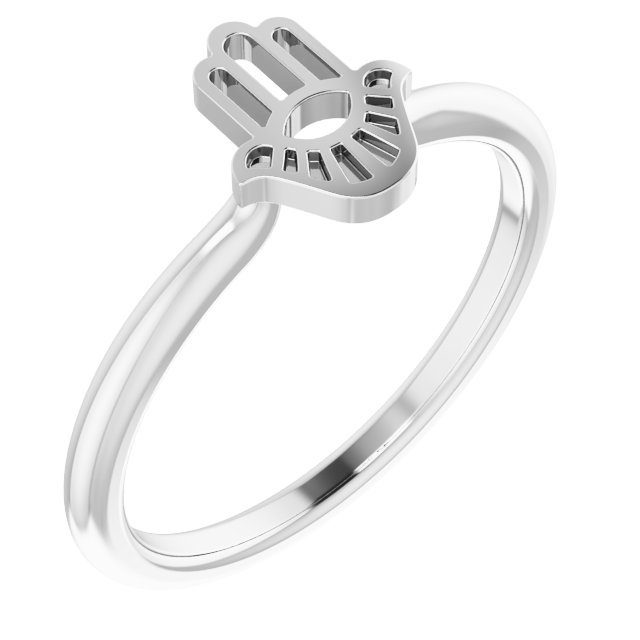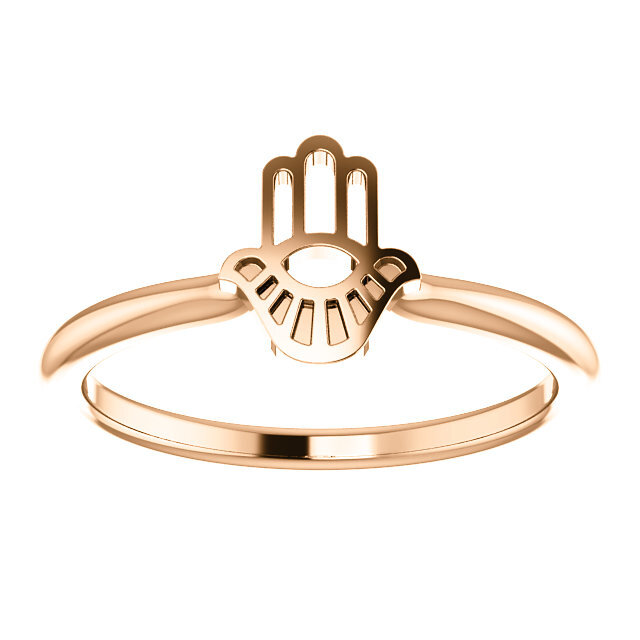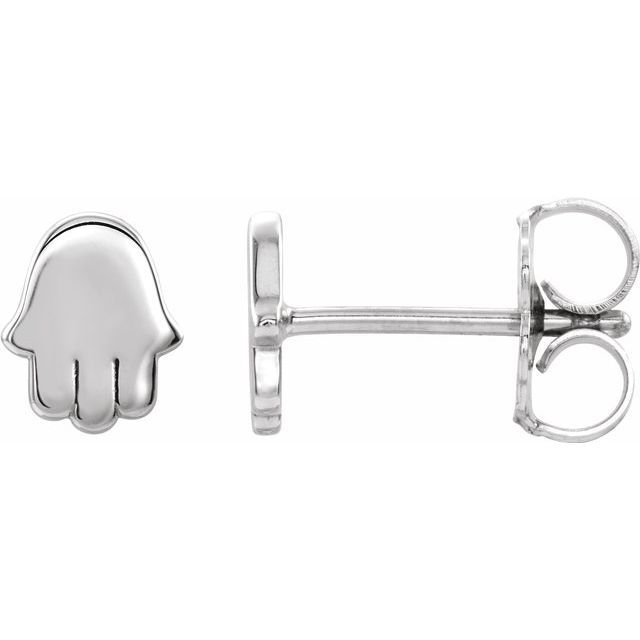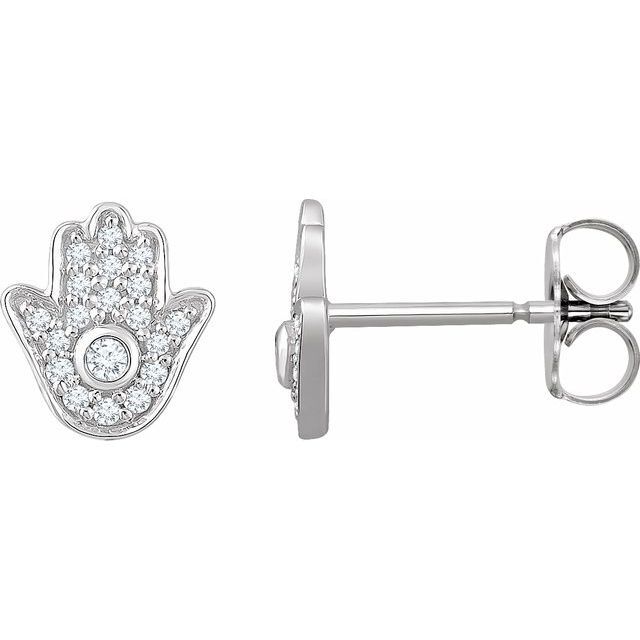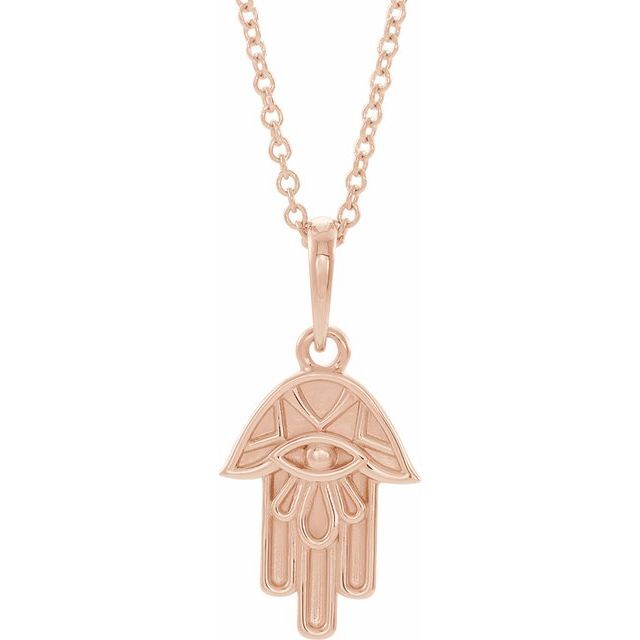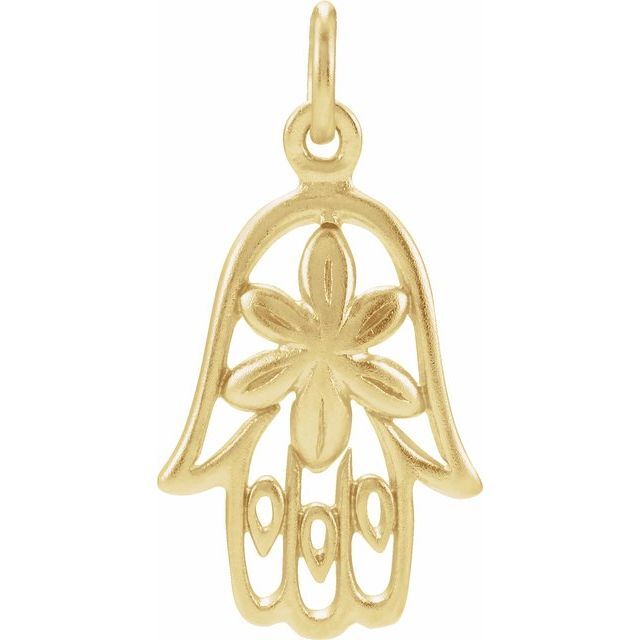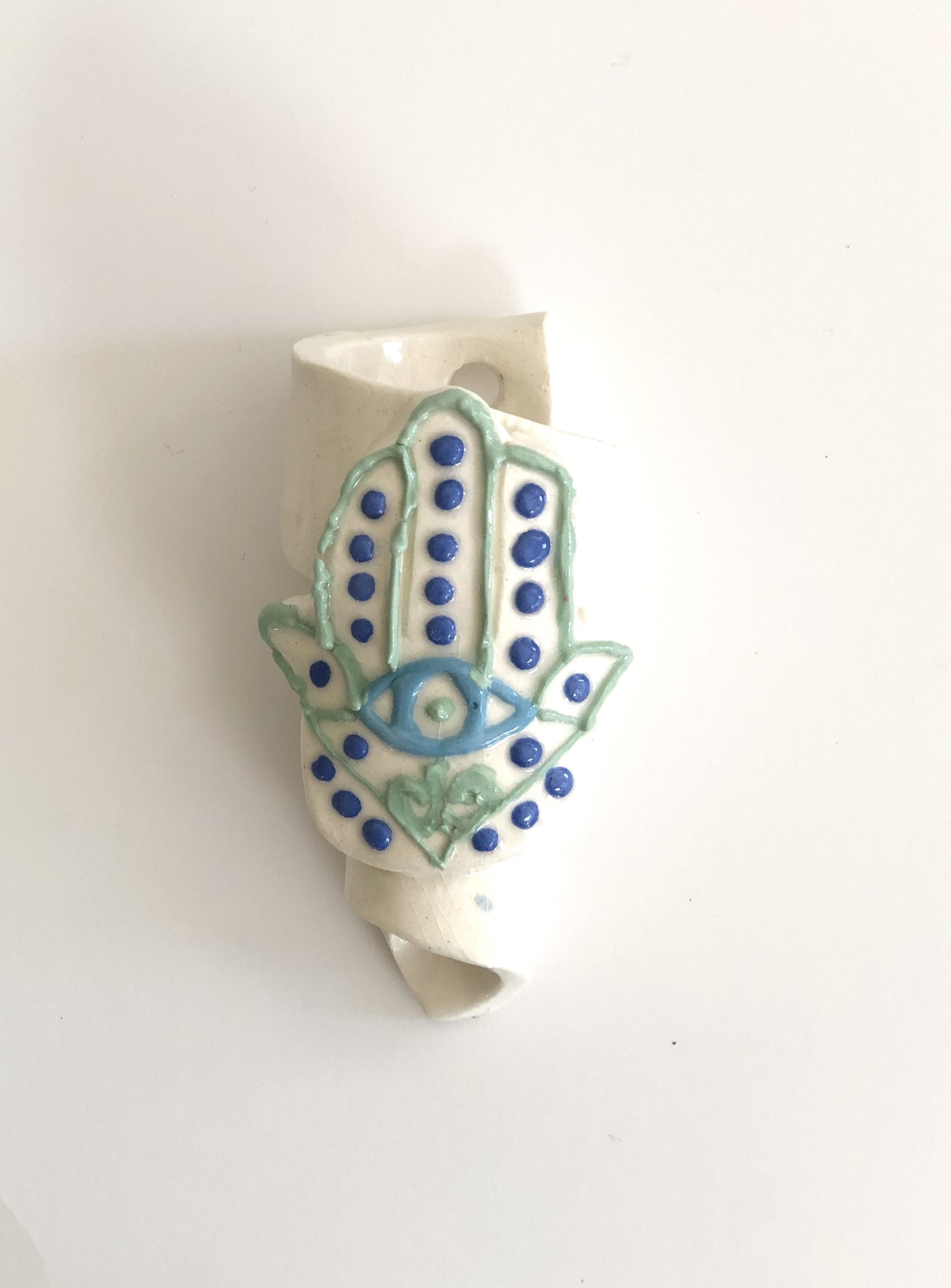Why is Hamsa Hand important in Judaism?
In this article we will explain:
-
- The Hamsa hand represents the hand of God.
- ‘Hamesh’ in Hebrew is five (5 fingers etc).
- The Number 5 and Jewish mysticism.
- The association of Hamsa and protection against the Evil Eye.
The Hamsa has been used as a sign of protection and blessings, throughout history dating back to the bible.
The Hamsa is used as a symbol to represents blessings, good luck, and protection as well as a powerful amulet in deflecting harm from the evil eye of others.
The Hamsa hand has become a ubiquitous symbol in both Jewish religious, and Jewish cultural homes.
What does Hamsa mean in Hebrew?
The word hamesh literally means “five” in Hebrew. Hamsa/hamesh refers to the five digits on the hand. The number ‘5’ also has other positive symbolism in Judaism.
Another Jewish name for the Hamsa is ‘The Hand of Miriam’, a reference to the sister of Mose. (Miriam defied Parah and saved Moses from death)
The Widespread use of the Hamsa Symbol in Judaism
- Table contents
- Hamsa the symbolism of the hand and the hand of G-d
- The number five in Jewish thought for good fortune and luck,
- The pervasive belief in ‘ayin hara’ evil eye,
- Table contents
Why is the Hamsa hand a powerful symbol in Judaism?
The Hamsa Hand in Judaism symbolizes Divine power, protection, and blessing.
The belief of the magical powers of the hamsa hand in Judaism goes back to Biblical times, where it is referenced in Deuteronomy 5:15, stated in the Ten Commandments as the “strong hand” of God who led the Jews out of Egypt. The Jews quickly made a connection with the Hamsa hand and Jewish culture, where it acquired meaning as an influential icon throughout the community.
- The hamsa hand, is used to invoke the hand of god, conveying profound Jewish theological symbolism and meaning to the form of the Hamsa hand.
- in the bible story of exodus the hand is associated with divine power “with a strong hand and an outstretched arm”, referring to the hand of god that leads Israelites out of Egypt.
- Mose raised his hand in the splitting/crossing of the Red Sea.
- Moses raised his hand, the Jews were successful in battle against the attacking enemy, the nation of Amalek.
- The hand and priestly blessings
Today and dating all the way back to the holy temple, The high priest (kohens) raise their outstretched hands when blessing the people of Israel. The hand serves as a conduit for blessing and connection between the heavens and earth, the human and the Divine, the transcendent and the imminent.
- To any religious Jew the shape of the open hand immediately brings to mind The custom of the hands of the priests (kohanim) reciting the priestly blessing (Num. 6: 24–7) from the synagogue platform bestowing their blessing on the assembled congregation of worshipers.
- The hand creates the tangible
The hand is essential for work and daily activities, and the means for turning ideas into tangible things. The hand is a power tool to create.
This perhaps played added psychological reasons that led to select the hand as an expression of power and protection a decisive role.
The Hamsa and the number Five in Judaism
- ‘Hamesh’ (hamsa) in Hebrew literally is the number five
- The Five Books of Torah
- Five fingers on the Hand
- The letter ‘heh’ is fifth letter Hebrew alphabet
- ‘heh’ is an abbreviated form of Gods holy names.
- 5 Sense (sight, touch, smell, taste and hearing) a reminder to use all 5 to live life in health.
Factors of the hamsa’s hand being linked with being Jewish is the mysticism of the number five. Hamsa or Hamesh (five in Hebrew) ,the Hebrew letter heh, five fingers on the hand and the five senses.
Heh is the fifth letter of the Hebrew alphabet. The letter ‘h’ is also the abbreviated single letter name of God, adding magical meaning to the number five;
The hand (5 fingers) was linked the powers of the heh to the priestly blessing, was that the priests’ outspread hands were intended to ‘put the heh’ on Jewish worshipers.
- God added a heh (five) to Abraham’s name. Biblical commentators noted, Abraham, before he was circumcised and before he had a child, lacked five units in his name. Being made perfect, after the heh was added to Abraham’s name.
- The added heh to Abraham’s name was ‘a clear segulah (literally means a “remedy” or “protection” in Hebrew ) of the [number] five’
- An added claim to the number five is the Ten Commandments were inscribed on two stone tablets, five on each tablet, so that evil eye would not affect them when protected by a hamsa ( hand w/ 5 fingers).
- Jacob’s famous blessing for Joseph (Gen. 49: 22) consists of five words—“ben porat yosef, ben porat.” ‘A fruitful vine Joseph a fruitful vine’. This teaches us that ‘one should recite “five” to be saved from the evil eye’
Why the hamsa is recognized as a symbol of protection against the evil eye.
The Hamsa, (the hand of god) and the belief in the power of the number five prevailed among the Jews as images of the open hand appeared on amulets used as protection against the evil eye
The fear of the evil eye is ongoing since Biblical times.
It seems to be an almost universal belief that if someone with evil thoughts and jealousy stares at you with their ‘evil eye’, it can bring you bad luck.
The evil eye is a curse believed to be caused by the cast of a malevolent glare of others, usually given to a person when they are unaware. Many cultures believe that receiving the evil eye will cause misfortune or injury.
Concern/fear of the ‘Evil Eye’ (ayin harah in hebrew) was huge factor in the development of the hamsa as a protective amulet and charm, among Jews.
The purpose of the Hamsa hand symbol is to intercept negative energy and protect one from harm. Just as one would lift their hand to say, stop.
Evil Eye in the Bible
The term ‘ayin hara’, Hebrew for evil eye, appears several times throughout the bible and within the Talmud.
- The term is first found in in Genesis 16:5: Sarah gives Hagar an ayin hara (evil eye) , which causes her to miscarry, then again in Genesis 42:5, Jacob warns his sons not to be seen together as it may stir up ayin hara.
- Examples of the Talmud’s concern for the evil eye
- rules that two brothers, or a father and son cannot be called to read from the Torah one after the other, due to concern for the evil eye.
- One who enters a city and fears the evil eye should hold the thumb of his right hand in his left hand and the thumb of his left hand in his right hand and recite the following: I, so-and-so son of so-and-so, come from the descendants of Joseph, over whom the evil eye has no dominion. (Berakhot 55b)
The kabbalistic structure of the soul and G-d’s emanations, perhaps adds for the practice to use the number five as a protection against the ayin hara, account for the additional widespread use of the symbol, Hamsa.
‘In an early-thirteenth-century Hebrew story a son is told that if he falls victim to an evil eye because of women and marriage he must “open his palm and pronounce hamesh [‘five’]”
The hamsa hand with spread digits has been interpreted to ward off aggressors and to blind the evil eye.
The association of the Hamsa open-palm symbol with goddesses and Evil Eye.
It was customary for Jews to raise their hand (five fingers) for good luck and against (Ayin Hara) the evil eye – to stop someone from casting negativity with their glare of their eyes.
“Then, standing before the altar of the LORD in front of the whole congregation of Israel, he spread forth his hands.”
There was a custom to spread out one’s hands to heaven when reciting this verse. It alludes to King Solomon extending his hands upwards in prayer in (2 Chronicles 6:12).
Why does Hamsa’s often contain an eye symbol?
To highlight the Hamsa protection from the evil eye of others. The eye is added to act as a mirror to deflect the malicious stare of others seeking to cause illness, death or just general unluckiness.
How To Hang Hamsa?
The Hamsa can be displayed either with the fingers pointing up or down, either way it will bestow blessings.
The hand can be depicted with the fingers spread apart to accentuate warding off evil, or as closed together to bring good luck.
Sharing a strong folk belief in the Hamsa’s magical powers. Multi-Denominational Jews have used the hamsa for protection in everyday affairs – whether secular, cultural or even Orthodox.
The Hamsa Hand with its symbolism of the hand of god and the number five accounts for widespread use of the hamsa symbol as a protective sign against the evil eye and as a symbol to bring its owner happiness, luck and good fortune.

